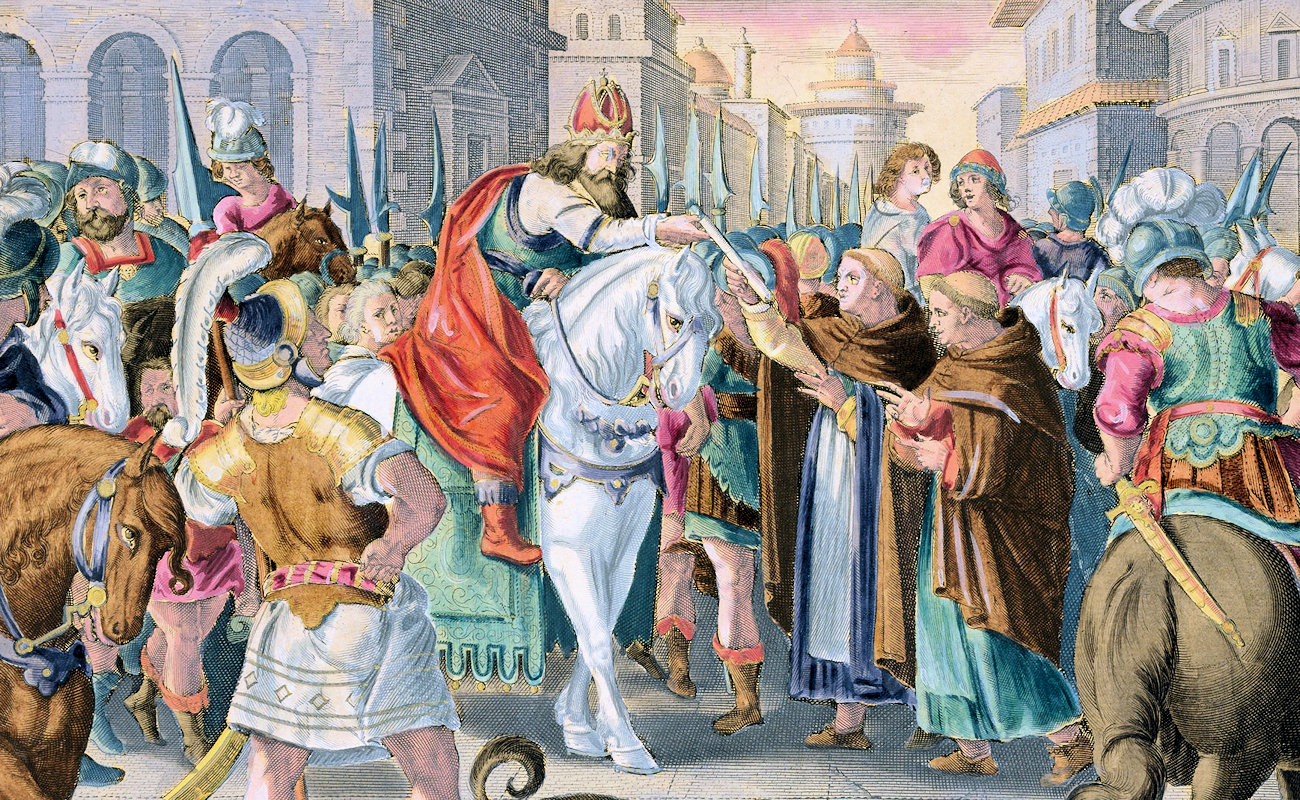
Byzantine Empire
Byzantine Empire, also known as the Eastern Roman Empire, maintained the legacy of the Roman Empire in its eastern regions throughout Late Antiquity and the Middle Ages, with its capital in Constantinople. It endured after the collapse of the Western Roman Empire in the 5th century AD and persisted until the Ottoman Empire captured Constantinople in 1453.
For the majority of its duration, the empire retained its status as the most dominant economic, cultural, and military presence within the Mediterranean region. Its populace persisted in identifying their empire as the Roman Empire and themselves as Romans. Modern historians distinguish the Byzantine Empire from its antecedent, the Roman Empire, owing to the imperial capital relocating from Rome to Byzantium, the empire’s adoption of Christianity, and the prevalence of Greek as opposed to Latin.
During the Pax Romana, which was a high point in the Roman Empire, the western regions underwent a process of Latinization, while the eastern regions maintained their Hellenistic culture to a significant extent. The time period between the 4th and 6th centuries saw various events which signified the divergence of the Greek East and Latin West of the Roman Empire.
Emperor Constantine I (r. 324–337) restructured the empire, with Constantinople becoming the new capital, and declared Christianity to be legal. Under the rule of Theodosius I (r. 379–395), Christianity was declared the official religion of the state, and other religious customs were banned. During the reign of Heraclius (r. 610–641), the military and administration of the empire underwent restructuring, resulting in the gradual replacement of Latin with Greek as the official language.
The territories of the empire experienced various cycles of decline and revival. Under the rule of Justinian I (r. 527–565), the empire attained unparalleled expanse following the collapse of the west, reclaiming significant portions of the Roman western Mediterranean coastline. The Byzantine-Sasanian War of 602–628 drained the empire’s resources, whilst the early Muslim conquests of the 7th century caused it to lose its wealthiest provinces, Egypt and Syria, to the Rashidun Caliphate.
The empire lost control of Africa to the Umayyad Caliphate in 698. It was later stabilized by the Isaurian dynasty. In the 9th to 11th centuries, the Macedonian dynasty oversaw the empire’s expansion and the two-century-long Macedonian Renaissance. This era concluded with the Seljuk Turks’ victory over the empire at the Battle of Manzikert in 1071. The loss of most of Asia Minor was caused by civil wars and the subsequent Seljuk invasion. The Komnenian restoration led to the recovery of the empire, making Constantinople the largest and richest city in Europe until the Fourth Crusade.
However, the empire was dissolved following the sack of Constantinople by the Latins during the Fourth Crusade in 1204. The territories that were initially governed by the empire were then divided into Byzantine Greek and Latin realms, which competed with each other. Despite regaining Constantinople in 1261, the Byzantine Empire persisted as only a regional power during its final 200 years, with its remaining territories gradually annexed by the Ottomans during the Byzantine-Ottoman wars across the 14th and 15th centuries.
The Ottoman Empire‘s capture of Constantinople in 1453 signified the fall of the Byzantine Empire. Following the capture of the city, refugees settled in Italy and other parts of Europe, contributing to the spark that ignited the Renaissance. The fall of the Byzantine Empire to the Ottomans is often considered as marking the end of the Middle Ages and the start of the early modern period.
